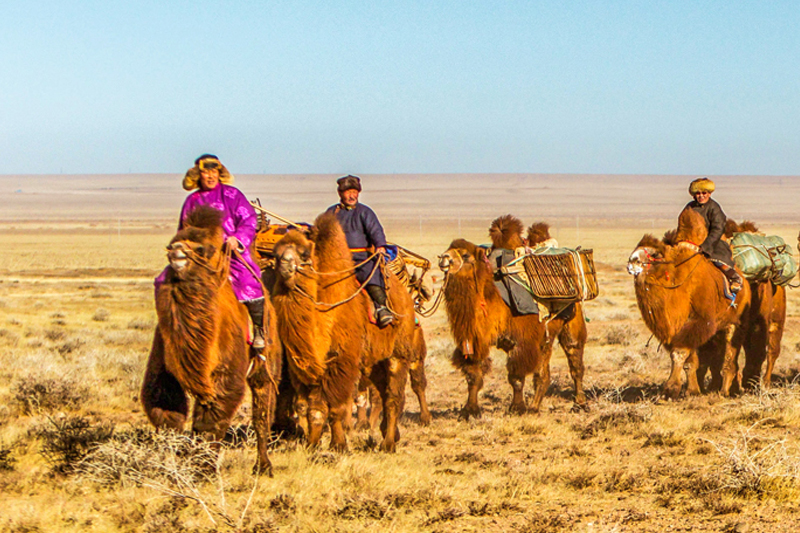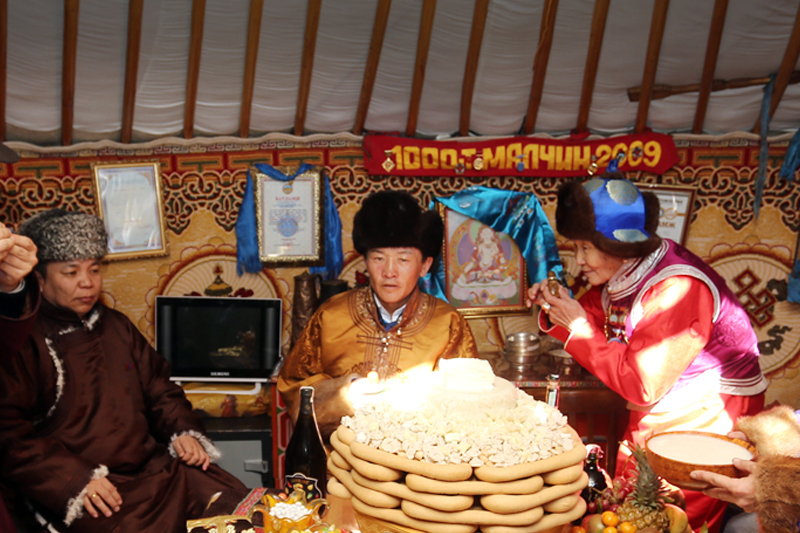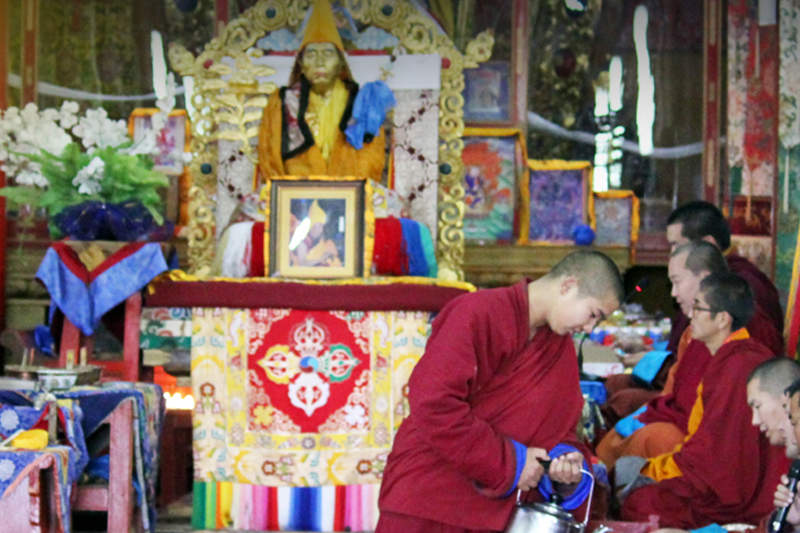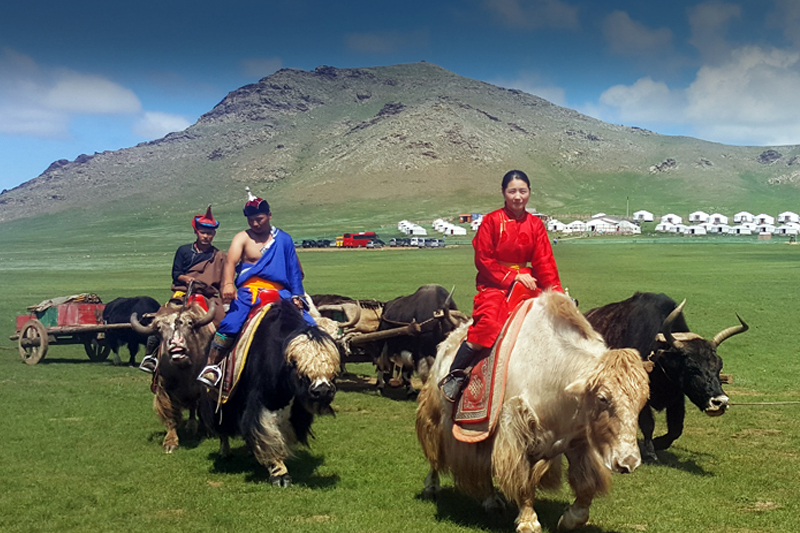- Home
- Mongolian Art and Culture

Culture
Culture is born of history, language and ideas, and many other invisible strands that make up and characterise a distinct group of people like the Mongols. The Mongolian national identity and culture is best seen in practice in the life and traditions surrounding the ger, the nomad’s home, and to a lesser extent in urban life through social costume and business practices. It is clearly present in religious celebrations, national festivals, sport, music, theatre and film.
Read more
Language and Scrips
When the Mongolian empire collapsed, the majority of Mongols return to their beloved uplands. They settled back to their usual herding occupations and fought among themselves – forgetting about military conquests. Despite such isolation, the Mongol language was greatly enriched by its international past.
Read more
Buddhism in Mongolia
Kublai Khan appointed a Tibetan lama, Phagspa Lama, to be the spiritual leader of his Yuan dynasty. Phagspa Lama interpreted Mahayana Buddhism so as to make Kublai Khan a Buddhist ‘universal king’ – an important agreement giving Kublai the temporal power and Phagspa the religious power.
Read more
Traditional Mongol Zurag Painting
The country’s most striking art form is the unique traditional Mongol zurag painting, a type of story – telling art without words that may be described as a developed form of naive painting. Mongol zurag portrays everyday country life with images of people, horses and gers, combined with folk motifs and legends. Fine line drawings were coloured with natural mineral pigments, such as red ochre and charcoal, until lacquer paints became available in Mongolia.
Read more
Traditional Costume
In former times, Mongol women wore traditional silver and coral jewellery – rings, necklaces, earrings and pins, Head and hair decorations (for married women) divided the hair into extraordinary-looking ‘wings’ on each side of the head. The hair was clipped back with silver pins, plaited and passed through two silver tubes that dropped to the waist on both sides. Mongolian men still carry embroidered pouches for their drinking bowls and tobacco, which are tucked into their sashes, along with a modern cigarette lighter instead of the ancient flint and steel!
Read more